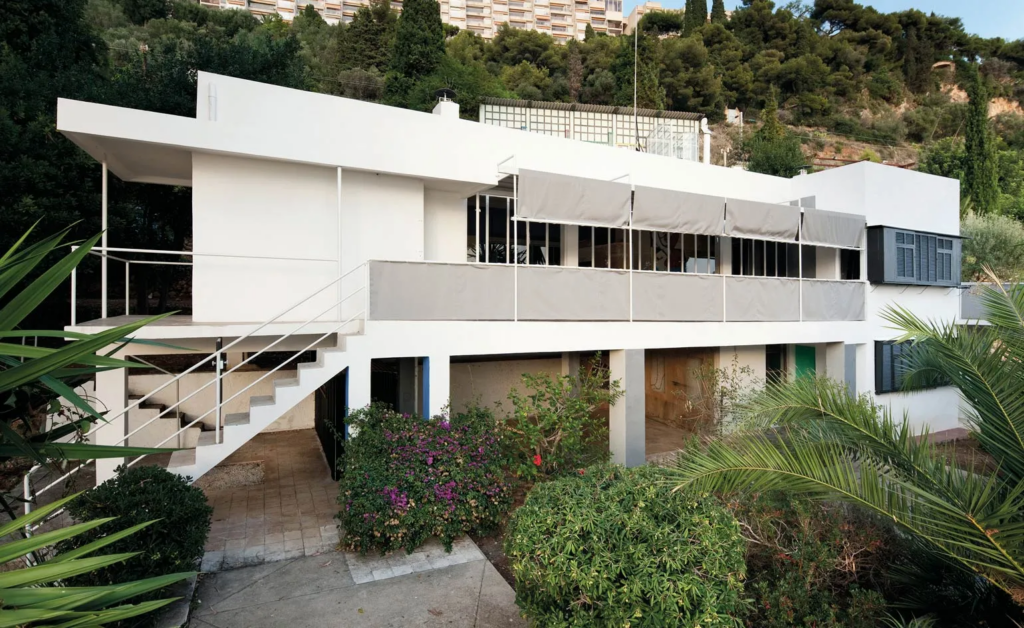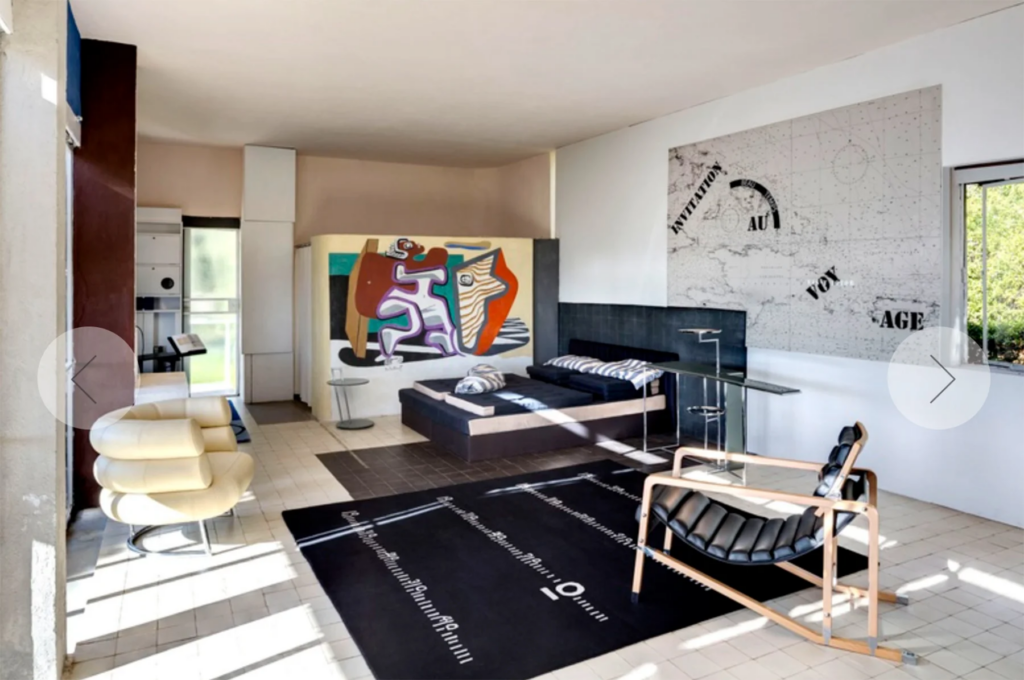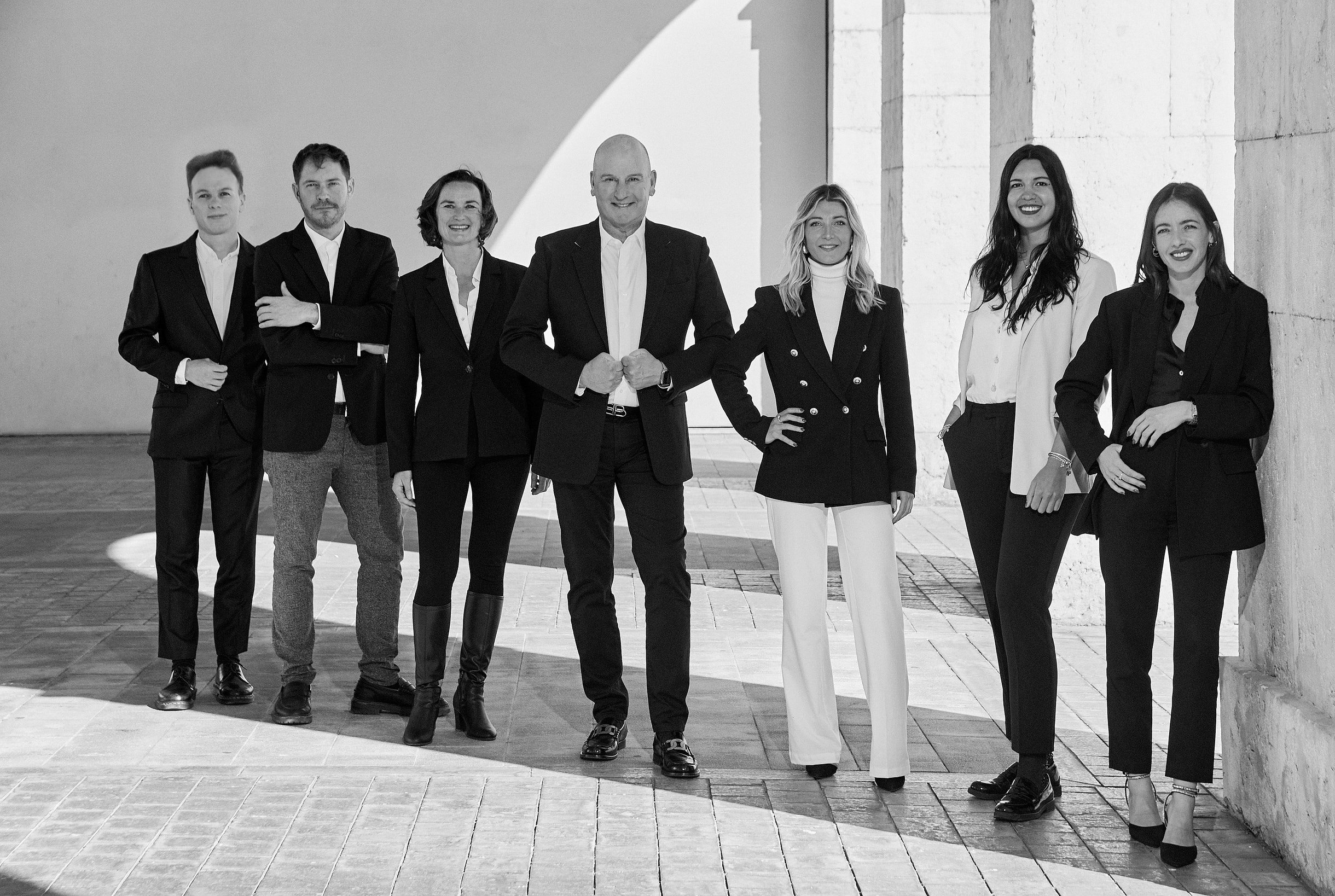E-1027 and Eileen Gray: The Legacy of a Modernist Visionary
Tucked into the rocky cliffs of Roquebrune-Cap-Martin, overlooking the glittering expanse of the Mediterranean, stands E-1027—a pristine example of early modernist architecture and a quiet, radical statement by one of the most overlooked yet brilliant minds of the 20th century: Eileen Gray. This whitewashed villa is more than a design object; it is a manifesto in concrete and glass. Designed between 1926 and 1929, it was the first architectural project by Gray, created in collaboration with her then-companion, the French-Romanian architect Jean Badovici. But the intellectual and aesthetic clarity of the home is unmistakably hers.
Today, E-1027 has become both a destination and a symbol—of innovation, of artistic defiance, and of a woman whose contributions to modernism were, for too long, written out of the narrative.
Eileen Gray: The Designer Who Defied Convention
Born in County Wexford, Ireland in 1878, Eileen Gray came from an Anglo-Irish aristocratic family with artistic leanings. Her early life was marked by both privilege and independence—qualities that would later underpin her design philosophy. Ireland at the time was a land of tradition, but Gray’s path led her far from convention. She moved to London to study at the Slade School of Fine Art, one of the few women of her generation to pursue formal artistic training, and later to Paris, where she would find the freedom to explore the full range of her creativity. Her Irish heritage remained an intrinsic part of her quiet resilience—reflected in her unwillingness to conform, her poetic sense of space, and her innate understanding of craftsmanship rooted in European decorative traditions.
At a time when female voices in architecture and design were often silenced or marginalised, Gray forged her own path. She was intensely private and refused to affiliate herself with dominant movements like the Bauhaus, preferring instead to work independently. That solitude allowed her ideas to develop with clarity and courage. When she designed E-1027, she was in her late forties and had never formally trained as an architect. What resulted was nothing short of revolutionary.
The Meaning Behind E-1027

E-1027 designed by Eileen Gray in 1927 – Image Credit Wallpaper
Even the name E-1027 is encoded with personal significance: E for Eileen, 10 for Jean (J being the 10th letter of the alphabet), 2 for B (Badovici), and 7 for G (Gray). This alphanumeric puzzle reflects the intimate yet complex nature of the collaboration, though many scholars now recognise Gray as the principal creative force behind the project.
Situated to frame views of the sea and natural surroundings, the villa is a masterclass in functional beauty. It employs many of the principles that would later become modernist hallmarks—open-plan living, built-in furniture, flowing indoor-outdoor transitions, and a focus on light and air. But unlike the rigid dogma of some of her contemporaries, Gray’s approach was more humanist. She believed design should serve the rhythms and rituals of daily life, not dictate them.
Sliding windows and modular furniture allowed the space to adapt to its occupants. Every detail was carefully considered, from the tubular steel banquette to the rotating mirrors in the bathroom, allowing light and privacy to be balanced with precision. Even the position of tables and wardrobes reflected her interest in ergonomics, decades before the term was commonplace.
The Le Corbusier Controversy

Le Corbusier paintings – Image Credit Manuel Bougot
After Gray and Badovici parted ways, the house took an unexpected turn in its history. Le Corbusier, the famed Swiss-French architect, became a frequent guest of Badovici’s. In 1938–39, without Gray’s permission, he painted a series of bold, nude murals directly onto the villa’s walls—images that clashed with Gray’s restrained aesthetic and personal design philosophy.
These acts have been interpreted as an appropriation of space, both literal and symbolic. Some critics see them as an effort to impose male authorship on a female creation. Gray herself called it vandalism. Le Corbusier, meanwhile, seemed to consider it a homage.
The episode only deepened the mythos surrounding E-1027 and its creator—and highlighted how women in architecture have often been overshadowed by their male peers.
Decline and Resurrection
After decades of neglect, wartime damage, and deterioration, E-1027 fell into disrepair. It wasn’t until the early 2000s that a serious restoration effort began, championed by the Cap Moderne association, with support from the French government and international cultural bodies. Meticulously brought back to its original brilliance, the villa reopened to the public, serving as a monument not only to modernist architecture but to the resilience of forgotten genius.
Today, E-1027 is considered one of the most important modernist buildings in Europe, and Eileen Gray’s legacy is finally being restored alongside it.
Gray’s Wider Legacy

Furniture design by Grey – Image Credit Limobel
Gray would go on to design other architectural projects—most notably the Tempe à Pailla in Castellar—but none would match the fame or influence of E-1027. She lived well into her nineties, passing away in Paris in 1976, just as the design world was beginning to re-evaluate her work.
Her furniture designs, such as the Bibendum Chair and the Adjustable Table E-1027, are now icons. And yet it’s her approach to spatial experience—holistic, emotional, and profoundly modern—that continues to resonate with contemporary designers.
In many ways, Gray anticipated how we live today: flexibly, with a blend of privacy and openness, comfort and clarity. Her work bridges eras, speaking as much to today’s minimalists as to the avant-garde of the 1920s.
A Place for the Past in Contemporary Design
At Luxoria Interiors, we believe that great design does not exist in a vacuum. The most elegant, future-facing interiors are often those that pay quiet homage to the past—to innovators like Eileen Gray, whose vision transcended their time.
Whether in Paris, Monaco, or the hills of the Riviera, our projects are often inspired by this lineage of thought: where architecture is not merely shelter, but poetry in structure. We encourage our readers and clients alike to visit E-1027—not just for its beauty, but for the story it tells about courage, craft, and quiet revolution.
To see more from us, our news stories and blog posts, follow the link HERE. Additionally, if you want to keep up to date with the progress of our projects, you can follow us on Instagram. We regularly post updates on our international projects!
Cover Image: Iconic Houses


